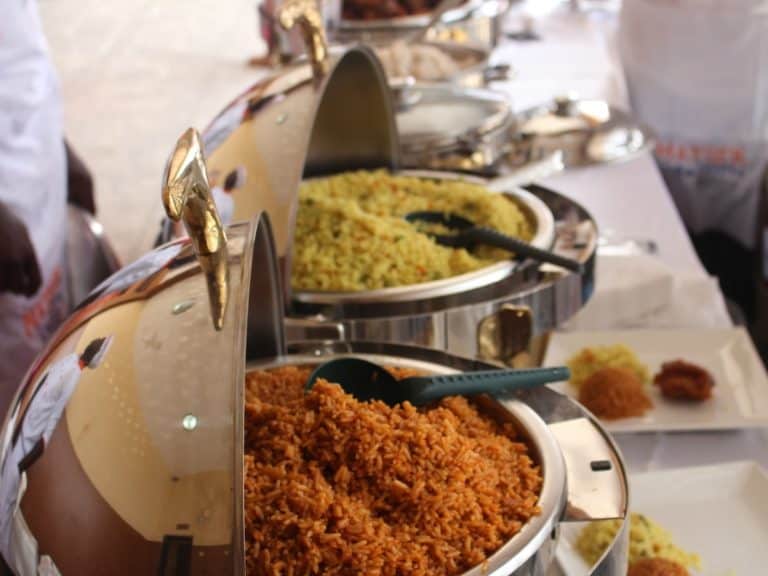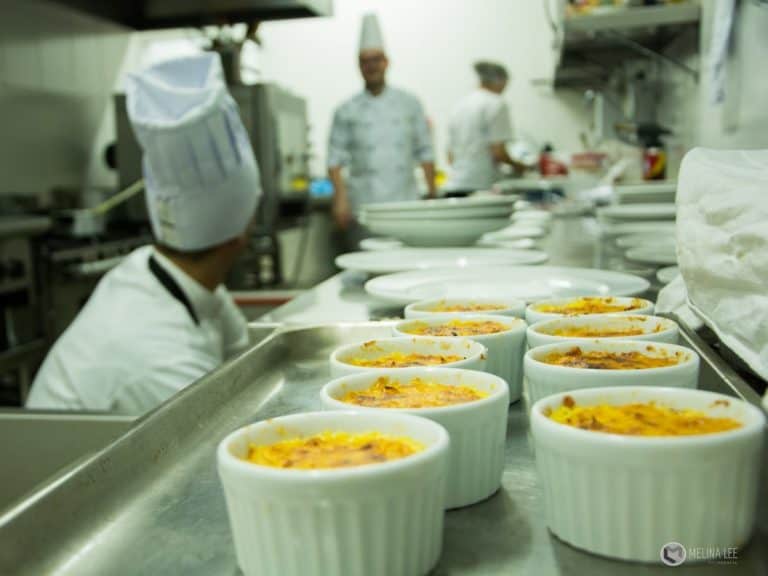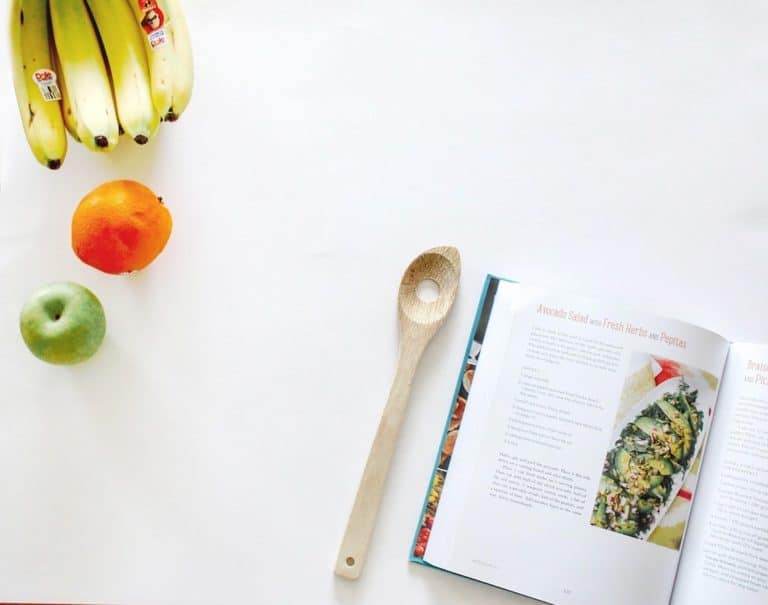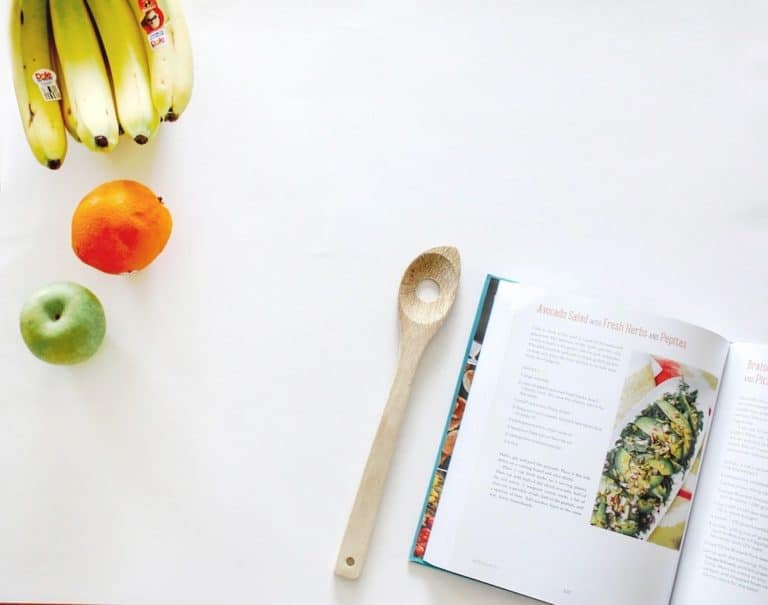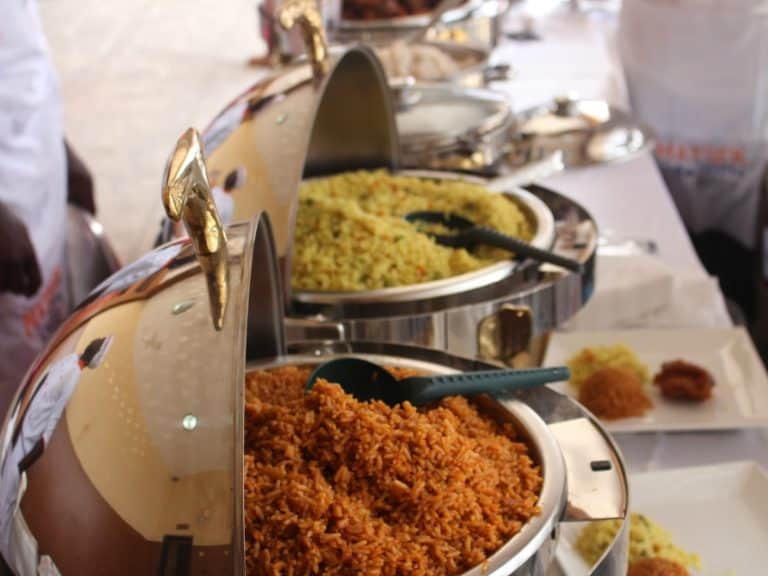How to Wash and Dry Cheesecloth
A cheesecloth is simply a cotton cloth. It can be lightly or tightly woven. It got its name because it was originally used in cheese-making.
But people have found other uses for it, such as separating solids from liquids in any dish. With its many uses, a cheesecloth can get dirty. You might be wondering how to wash cheesecloth.
A common first step is to remove large debris from your cheesecloth. Scrub with your hands or a brush. Then, you clean the cheesecloth in water with a cleaning agent for 10 to 30 minutes. You can use detergent with bleach, vinegar, or baking soda. Lastly, you boil the cloth in water for 5 minutes.
You want to clean your cheesecloth right after you use it. It will be hard to remove food and other stuff from your cheesecloth after they settled. Keep reading below to know more in detail on how to wash cheesecloth.
Wash Cheesecloth in 4 Steps
Start by Removing Debris
If you used your cheesecloth in any food preparation, it will likely have some food debris. You want to remove the debris before proceeding with more in-depth washing. You can remove large debris with your fingers.
You can also use a brush for smaller debris. You can brush the cheesecloth in water so that water can carry away the debris you brush from the cloth.
An old toothbrush works well. If you have the tightly woven cheesecloth, you can be a bit aggressive with the brushing. If you have the lightly woven one, you may one to be gentle.
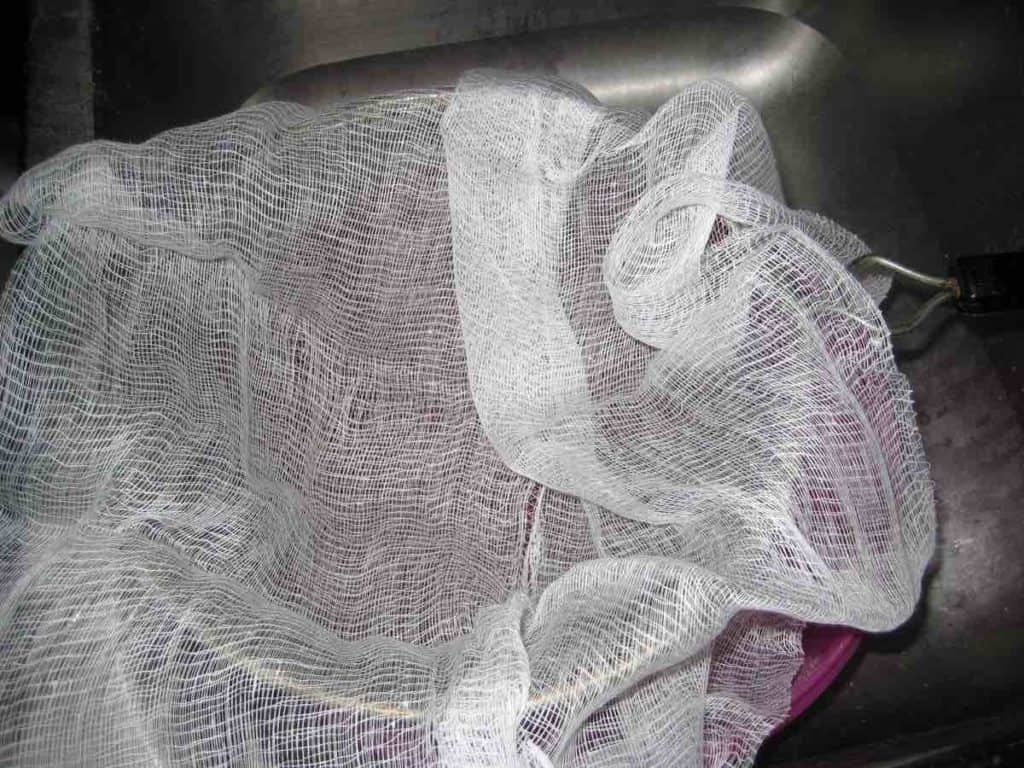
Soak in Warm or Hot Water for 30 Minutes
A first step you can do is soak the cheesecloth in warm or hot water. The temperature can be as high as you can tolerate it. Use a cleaning agent to get a more thorough cleaning. You can use detergent with some bleach, baking soda, lemon/lime juice or white vinegar.
If you’ll use detergent and bleach, you can follow the instructions from the manufacturer. But be sure that the detergent you’ll use doesn’t have any perfume or other aromas.
You don’t want those aromas mixing with the food on which you’ll use your cheesecloth. If you’ll use baking soda, ½ cup (90 g) of baking soda per 1 gallon (3.75 L) of water should be fine.
If you’ll use lemon juice or white vinegar, 1/4 cup (60 mL) of lemon juice or white vinegar per 1 gallon of water should be also be fine.
Agitate the cheesecloth with your hands or a brush to remove specific stains. Just be careful not to tear your cloth. After you remove all that you can, let the cheesecloth soak in the water for 10 to 30 minutes.
Good to Know: Do You Wash Onions? When and Why?
Rinse With Fresh Water
Rinse the cheesecloth in fresh warm water. If you’ll detergent and bleach, be sure to rinse off both. You don’t want to contaminate your food with residual detergent and bleach.
If you’ll use baking soda, lemon juice, or white vinegar, you should also be sure to rinse any of these off. Baking soda has sodium, so it can impart some saltiness on any food on which you’ll use the cheesecloth.
The lemon juice and white vinegar can also impart their flavors on any food. They can also attract fruit flies.
Boil for 5 Minutes
If you used detergent and bleach, you can skip this step. Either or both are good enough in sterilizing your cheesecloth. But if you used baking soda, lemon juice, or white vinegar, you may want to do this step to complete the cleaning process.
Place your cheesecloth in boiling water for 5 minutes. This step will kill any remaining microorganisms on your cheesecloth. You can also simply boil your cheesecloth if you just used it, but it didn’t get dirty enough to warrant cleaning.
Cheesecloth Machine Washing
Another way to clean your cheesecloth is through machine washing. You can machine wash high-quality cheesecloth that was made to be reused. You can practically treat that kind of cheesecloth as kitchen towels.
Regular lightly woven cheesecloths may get worn by machine washing over time. Moreover, cheesecloths that are meant for single-use shouldn’t be machine washed.
Before putting it in the machine, you still want to remove debris and large material on your cheesecloth. The methods are just as you read above.
Don’t use a fabric softener. The extra fragrance and softening agents will coat your cheesecloth. The chemicals can then leach into the food on which you’ll use the cheesecloth.
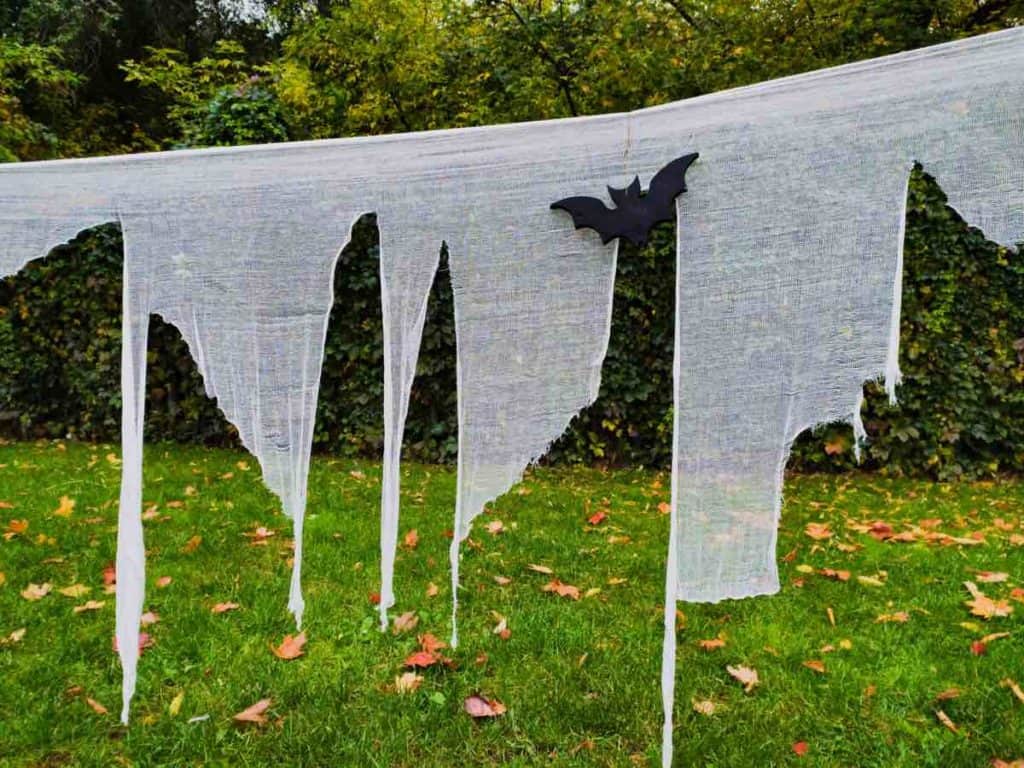
Drying Cheesecloth
You can hang your cheesecloth like any fabric to let it dry. You can also place your cheesecloth in a dryer.
Storing
When the cheesecloth is dry, you may fold it. If you use your cheesecloth on food, then store it as you would store a kitchen tool or utensil. Store in a cool dry place. It is better if you store it in an airtight container, like a resealable bag.
Cheesecloth vs Muslin
Some people interchange the terms cheesecloth and muslin cloth. However, there are key differences between the two. Both are cotton, but the fabric on muslin is finer than that on cheesecloth.
Muslin cloth got its name from the city of Mosul in Iraq where it was first made. The cloth is made in different weights, from delicate sheers to coarse sheeting. Hence, Muslin cloth was also made for clothes.
There are also different thread counts for muslin fabrics. Muslin cloth can also handle dyes and paints. Hence, they are also made with art and other designs.
These applications differ from that of cheesecloth. As you read earlier, a cheesecloth is for cheese-making and other food applications. You can’t have good garments made from cheesecloth.
How To Wash And Dry Muslin
Muslin fabrics can be just as good as regular clothes. Thus, you can wash and dry muslin cloth like your regular clothes. If you use your muslin cloth on food, then you still want to avoid cleaning products with fragrances.
You can also choose to wash your muslin cloth by hand. Also, unlike with cheesecloth, it is better to use cold water when washing muslin cloth.
Related Questions
Are there different kinds of cheesecloths?
Cheesecloths are classified by grades. There are at least 7 grades, which are 10, 40, 50, 60, and 90. The grades are distinguished by the number of threads per inch in the vertical and horizontal directions. The higher the grade number, the higher the threads per inch in both directions.
Can you still use single-use cheesecloths?
If the cheesecloth is still intact and usable, then there isn’t a good reason for you to immediately discard it. These cheesecloths are called single-use because they aren’t expected to last long. You may be able to get away with cleaning and reusing them 2 or 3 times.
